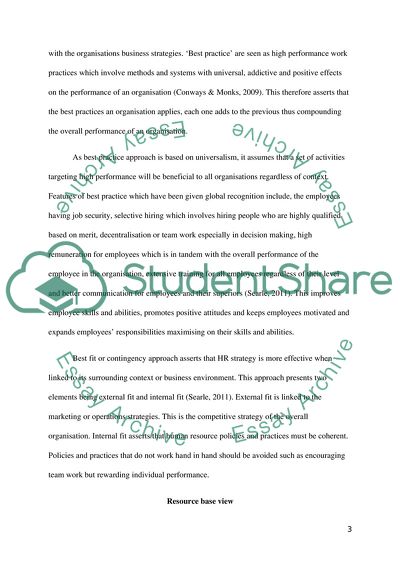Cite this document
(Strategic HRM Essay Example | Topics and Well Written Essays - 2750 words, n.d.)
Strategic HRM Essay Example | Topics and Well Written Essays - 2750 words. https://studentshare.org/human-resources/1856420-strategic-hrm
Strategic HRM Essay Example | Topics and Well Written Essays - 2750 words. https://studentshare.org/human-resources/1856420-strategic-hrm
(Strategic HRM Essay Example | Topics and Well Written Essays - 2750 Words)
Strategic HRM Essay Example | Topics and Well Written Essays - 2750 Words. https://studentshare.org/human-resources/1856420-strategic-hrm.
Strategic HRM Essay Example | Topics and Well Written Essays - 2750 Words. https://studentshare.org/human-resources/1856420-strategic-hrm.
“Strategic HRM Essay Example | Topics and Well Written Essays - 2750 Words”. https://studentshare.org/human-resources/1856420-strategic-hrm.


